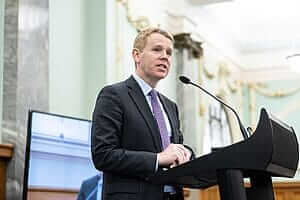Summarised by Centrist
Alwyn Poole, an education consultant, criticises the PPTA (Post Primary Teachers’ Association) for downplaying severe issues within the education system.
Poole notes a concerning trend in early education, with over a quarter of teachers in poorer neighbourhoods reporting that their students have oral language skills far below expectations, compared to just 3% in wealthier areas.
The top 40 schools in the country average an 87% University Entrance (UE) rate, while the bottom 40 schools average just 2.7%.
Attendance is another area of concern. 10,000 children are enrolled nowhere. While there was a brief improvement in Term 1 of 2024, attendance plummeted again in Term 2.
Poole argues that more transparency is needed, particularly in how attendance data is reported under the new Equity Index Number system.
Editor’s note: The EQI replaced the decile scoring system. Each school has a score ranging from 344 to 569. A higher number indicates greater socioeconomic barriers faced by the students. ie a lower score is better.
It’s based on analysing 37 socioeconomic variables linked to success in NCEA levels one and two. These are grouped into four categories:
- Parental socioeconomic indicators: The socioeconomic status of a student’s parents.
- Child socioeconomic factors: Poverty, abuse, or neglect are linked to lower educational achievement.
- National background: The immigration status and national background of parents can impact socioeconomic status.
- Transience: The number of home or school moves can negatively affect a student’s performance.



















